Housing in South Korea: What Type of Accomodations to Expect
The most anxiety filled part of moving abroad to South Korea for me was definitely my housing. I’ll admit, I did go down the Korean Apartment Tour Youtube rabbit hole, but it definitely did nothing to ease my anxiety. Housing in South Korea can vary depending on what school you are placed in and where you are located.
While most English teachers are offered housing as a part of their contract, there are other options that you should know about.
Types of Housing Available
- School-Provided Housing
Many English teachers in South Korea are provided with housing by their employers, especially those teaching at private schools (hagwons) or public schools. The housing provided by the school are usually studio style apartments all in the same building and near the school. This is the most common housing arrangement and allows for teachers to commute to work with ease.- Housing provided through the school also comes with the benefits of the apartment being pre-furnished. Most apartments that are provided for English teachers include the basic essential items such as a bed, table/desk, a chair or two, and sometimes simple kitchen appliances/utensils. Different schools will offer different types of furnishing.
- Utilities such as water, electricity, and internet are usually not included in the rent (which is covered by your employer) and are an additional expense. It’s wise to budget for these costs as the cost of utilities can range depending on your neighborhood and building.
- Off-Site Housing
For those who prefer more independence, off-site housing is also an option. In this case, teachers are responsible for finding their own accommodations, though the school will often provide a housing allowance to cover part of the deposit and monthly rent. Off-site housing can range from small studio apartments to larger one-bedroom or even two-bedroom units, depending on the teacher’s preferences and budget.- One-Room Apartments: Known as "one-room" or "officetels," this still of room is very similar to a studio style apartment. They typically feature a combined living and sleeping area, a small kitchen, and a bathroom. They offer a good balance of privacy and affordability.
- Share Houses: These are bigger houses or apartments shared with other teachers or professionals. They offer the opportunity to live in a bigger space with others and share expenses, which can be a social and cost-effective choice.
In my case, I was lucky enough to experience two types of school provided housing before I made the leap and got my own place.
My first year living in Korea, I had the standard one-room apartment in the same building as all of the other teachers in my school. My apartment’s contract with the school was new, so when I arrived, my apartment hadn’t been furnished yet. Guess who slept on the floor for a couple of days? Thankfully, I brought a blanket from home that I was able to use.
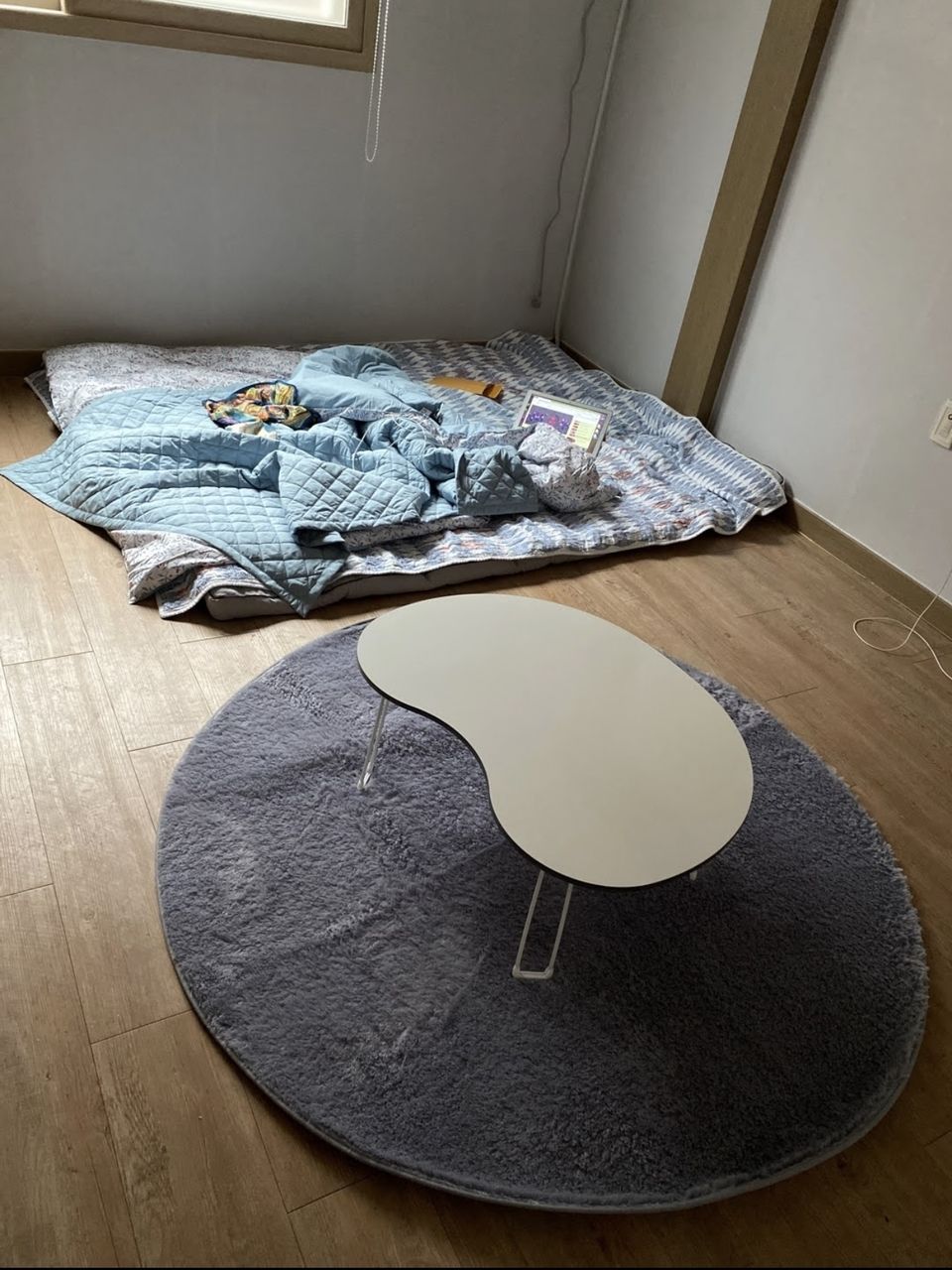
Once my furniture arrived and was assembled, my room began to look a bit more normal. A lot of the teachers that were moving out and leaving also had lots of furniture, decorations, and cookware that they were giving away. The best way to get anything you need for your apartment is to always check with your coworkers that are leaving Korea or moving to another school. They will usually have some things up for grabs. This is how I managed to snag some super cute ceramic rice bowls that I still use to this day!
Since my room was pretty small, I tried my best to use all the space I could to fit everything. I also made the decision to buy storage organizers to help keep everything neat and tidy (I’m kind of a neat freak). Little by little as the first two months went by, my room began to take on a personality that definitely reflected me and made me feel comfortable and cozy. Most Korean apartments come with built in storage spots that are meant to look hidden within your home. My advice would be to try and open every cabinet and drawer that you have in your apartment to see how you can effectively organize all of your things and where everything will go.

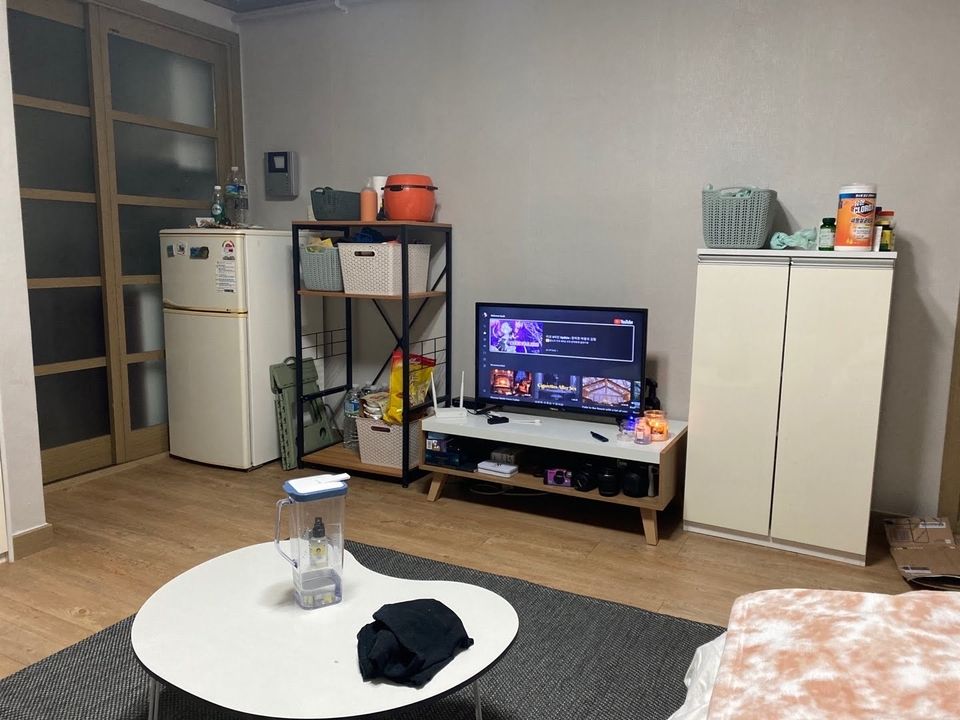
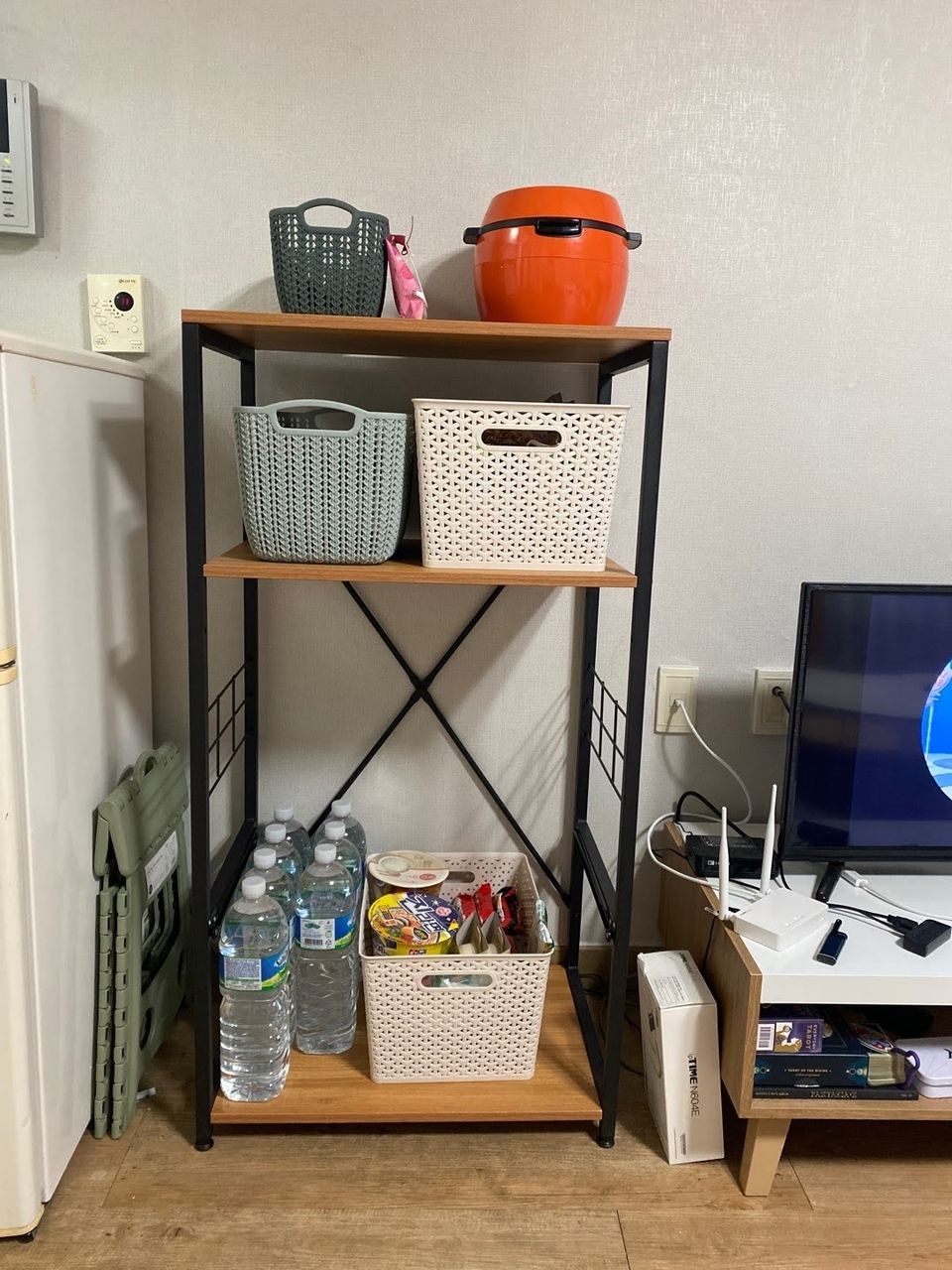
Since the studio style apartments are typically a lot smaller than the studio I had in the US, keeping my space organized and tidy was the best way to help me feel relaxed after the end of a long work day. I also tried not to buy a lot of big items or lots of decorations and clothing as I knew the space was limited. Even if your apartment is small, there are still lots of ways to make it seem cozy.
Utilizing the kitchen and having a lot of dishware was always something I thought about when I was setting up my apartment. I am definitely an extrovert and I love to have people over and hangout. During my first year here in Korea, my apartment became the unofficial hangout place where my coworkers and I could gather, share a meal, watch a new show together, or just talk about our daily stresses. It definitely helped that I loved cooking and had lots of dishes ready to entertain.

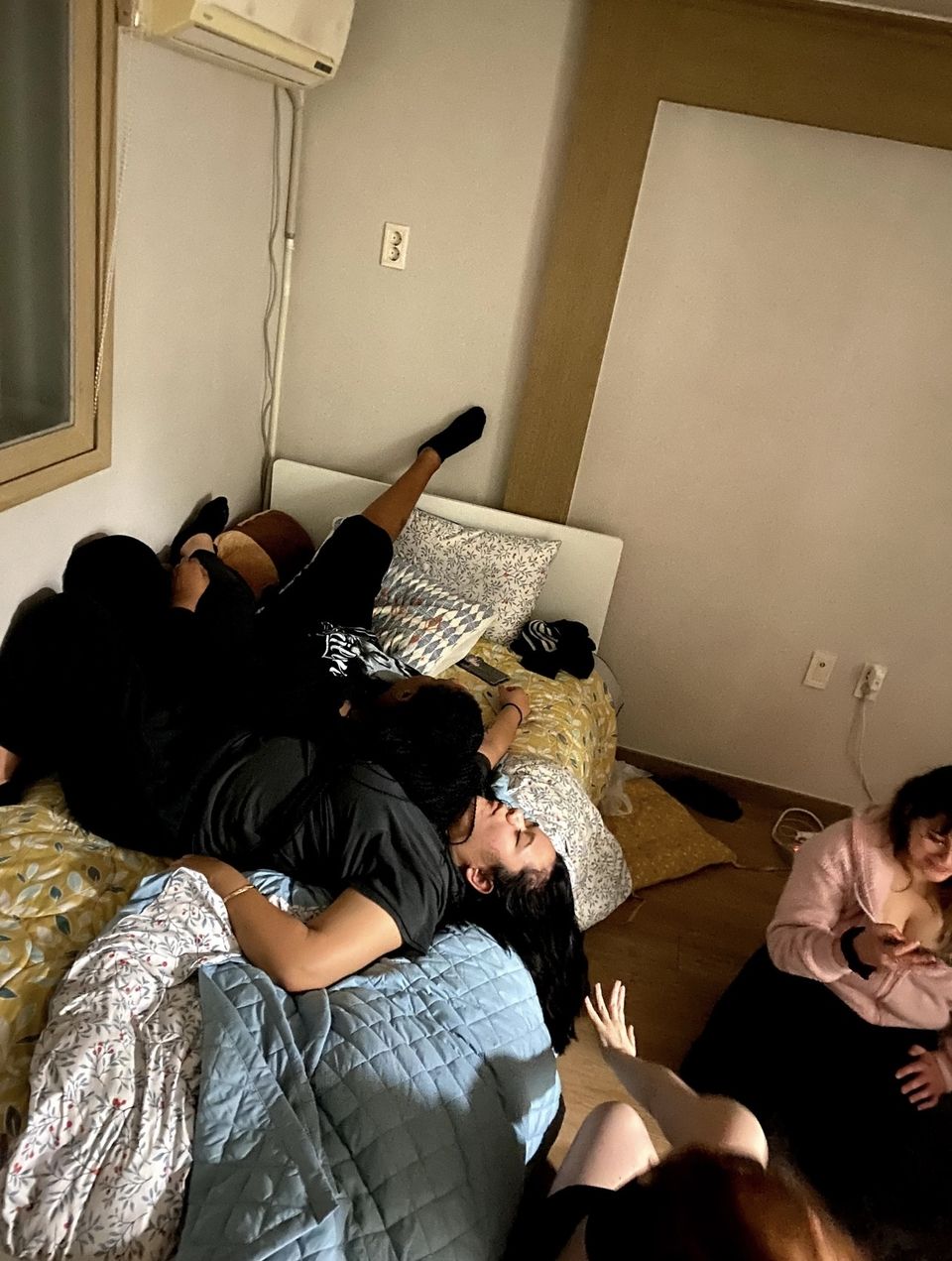
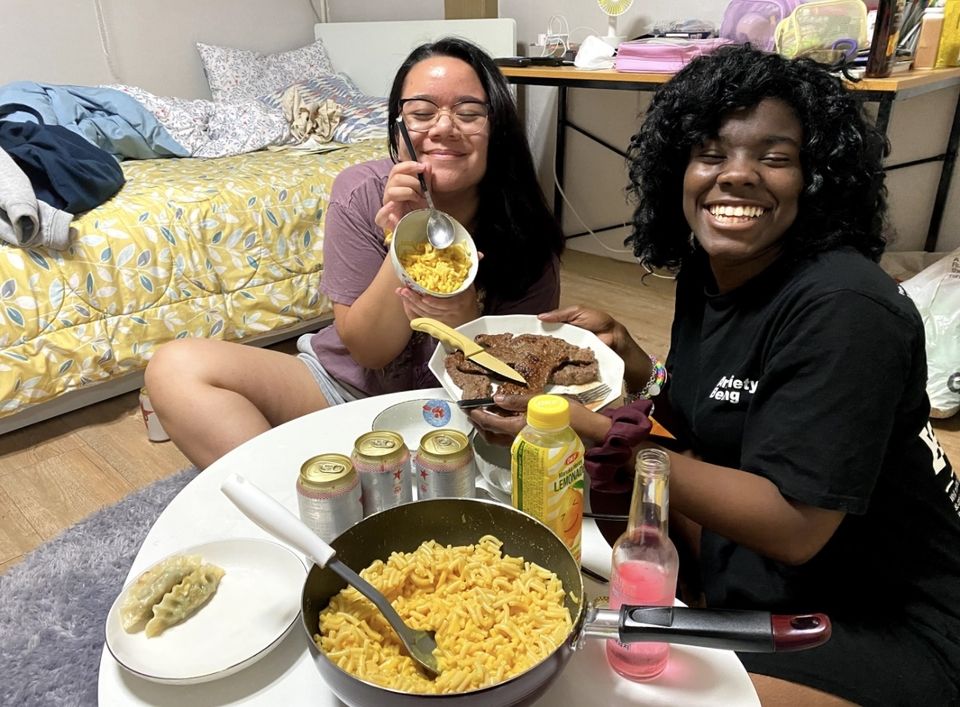
After living in my one room for a year, I decided to move into a bigger two-bedroom apartment with my coworker. This apartment was actually a special apartment that the school had set aside for any couples that wanted to live together during their year teaching abroad. Since there were no couples coming in with the next cohort of teachers, my coworker and I were given permission to move into the bigger space.
Once we moved into the bigger apartment, she and I were both able to cook more meals together in a bigger kitchen and we had more space to invite friends and family over. While we both had our own rooms, we still shared the common areas and took care of the apartment together. We split the chores evenly and took care of the bills together. Similar to the one room style apartments, this bigger apartment came slightly furnished with the essentials: beds, desks, tvs, fridge, and microwave. However, my roommate and I wanted to create a more home feeling so together, we bought a couch, a kitchen table and extra chairs, dressers for our rooms, and lots of cookware like coffee maker, rice cooker, slow cooker, and mini oven.
For us, we found the best deals to come from the MONA group on Facebook. It’s kind of like Facebook Marketplace, except everything is free and usually a bit used. It’s mostly a group used by other teachers and expats in Korea that are trying to let go of some of their clothing, furniture, makeup and skincare items.
We also used online shopping platforms like Gmarket, Coupang, and IKEA to help us furnish up our apartment to our liking.
Most of our smaller items like dishes, shower shoes, and things like that were purchased at Daiso, which is kind of like the Korean version of what the baby of Target and the Dollar Store would be.
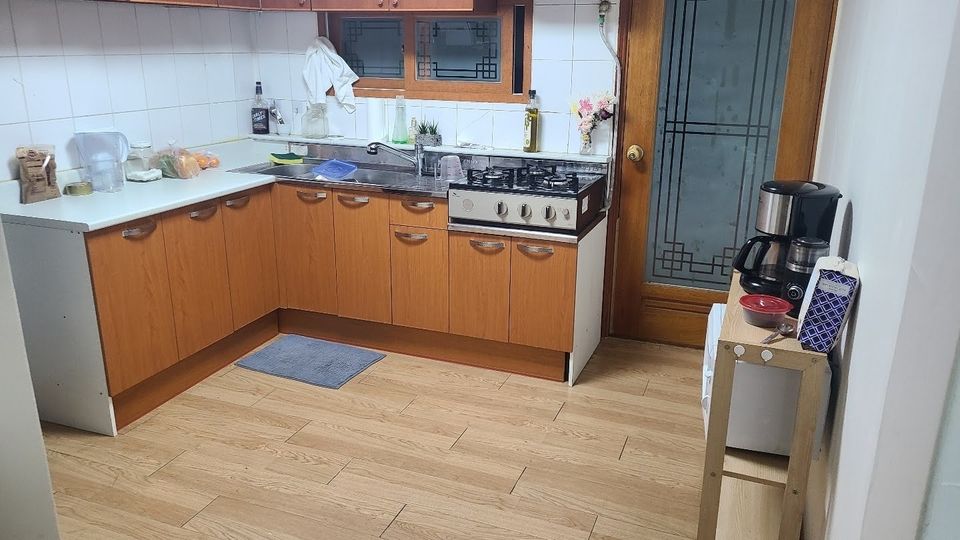
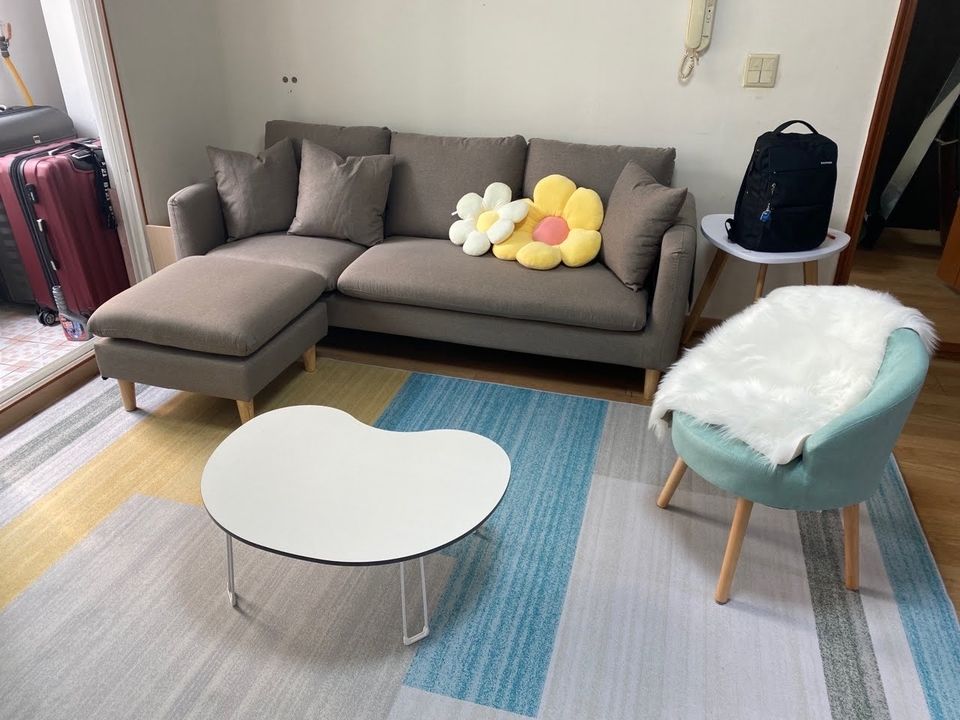
Now, let’s talk about the one thing on everybody’s mind: bills.
If you do decide to stay in the school provided housing, you don’t have to worry about rent. The school covers that. The only thing you will be responsible for is your utility bills. This includes water, gas, electricity, and WIFI. Some schools may provide WIFI to you and just deduct it from your pay at the end of the month.
Depending on the area in which you live, your bills could be really cheap or really expensive. For me, my first three years in Korea, I lived and worked outside of Seoul, so my bills were less expensive than a teacher that is working and living in Seoul. Even when I lived in a bigger house, my bills weren’t ever super expensive.
You will usually get your bills in your mailbox or taped to your door. They are usually yellow in color and will always have the amount you owe on the front.
There are two main ways to pay your utility bills in South Korea.
The first way is to pay in cash. Take out the correct amount of cash from the ATM and then walk to your closet CU or GS25. Hand the bill to the clerk and they will scan it and tell you the amount owed. At this point, you can hand them the exact amount or round up and get change back. After you pay, they will usually hand the bill back to you. I always kept my bills for a year just in case there was any issue, I could always show that I received and paid my bill.
The second way is to pay with your phone. Once you get a bank account and a phone plan, you can set up KakaoPay on KakaoTalk. Once your KakaoPay is set up, you can scan the QR code on your bills with the KakaoPay camera and pay your bills directly from your bank. This is how I usually pay my bills because it’s faster and they always send a confirmation text after the payment goes through.
Are we still filled with housing anxiety? Don’t worry! You can always message your CIEE Teach Abroad Advisor if you have any questions about housing!
Related Posts
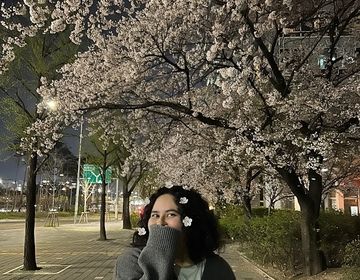
A Comprehensive Budgeting Guide for English Teachers in South Korea
A Comprehensive Budgeting Guide for English Teachers in South Korea Teaching English in South Korea has become an increasingly popular option for young people looking to travel and get some... keep reading

Professionalism in South Korea as a Native English Teacher
As a native English teacher in South Korea, understanding Korean culture and professionalism is crucial for both personal success and the broader impact you can have on your students. South... keep reading
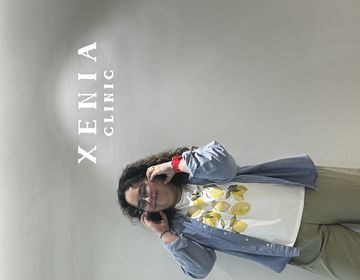
How to Go to the Doctor in South Korea as an English Teacher: A Guide to Healthcare and Health Insurance
As an English teacher in South Korea, maintaining good health is essential while living abroad. Navigating the healthcare system can seem daunting and stressful at first, especially if you can’t... keep reading
